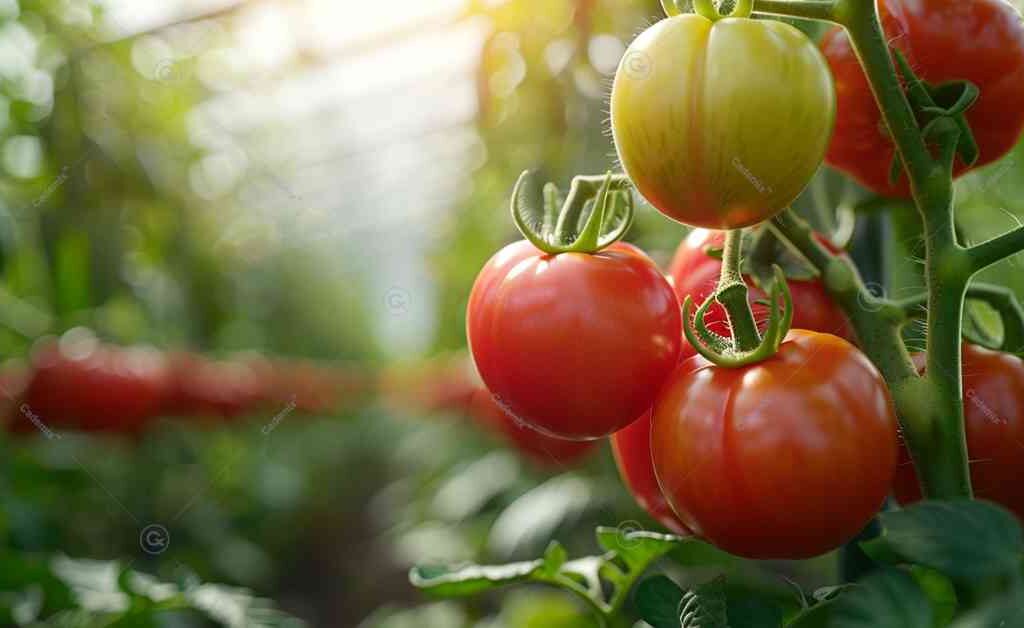Regenerative agriculture is an innovative approach to farming that focuses on restoring and enhancing the health of ecosystems. Unlike conventional farming methods, which often degrade soil and contribute to environmental issues, regenerative agriculture aims to improve soil health, increase biodiversity, and promote sustainable food production. This article delves into the principles, benefits, and practices of regenerative agriculture, highlighting its potential to transform the agricultural landscape.
Cademix Instute of Technology-Agriculture Editorial Board
Keywords: regenerative agriculture, sustainable farming, soil health, biodiversity, sustainable food production, farming practices, environmental benefits
The Principles of Regenerative Agriculture
Regenerative agriculture is based on a set of core principles that guide farming practices to create more resilient and sustainable agricultural systems. These principles focus on working with natural processes to restore and enhance the health of the land.
Core Principles
- Enhancing Soil Health: Improving soil structure, fertility, and microbial activity to support healthy plant growth.
- Increasing Biodiversity: Promoting a diverse range of plants, animals, and microorganisms to create a balanced ecosystem.
- Integrating Livestock: Using animals in farming systems to enhance soil fertility and mimic natural grazing patterns.
- Minimizing Soil Disturbance: Reducing tillage and soil compaction to preserve soil structure and microbial life.
- Cover Cropping: Planting cover crops to protect soil, suppress weeds, and improve nutrient cycling.
Are you eager to find more about Regenerative Farming? just click Here.
Benefits of Regenerative Agriculture
The adoption of regenerative agriculture offers numerous environmental, economic, and social benefits. These benefits not only improve the sustainability of farming operations but also contribute to the overall health of the planet.
Environmental Benefits
- Soil Health Improvement: Regenerative practices enhance soil structure, water retention, and nutrient availability, leading to healthier crops.
- Carbon Sequestration: By increasing organic matter in the soil, regenerative agriculture helps sequester carbon, mitigating climate change.
- Biodiversity Enhancement: Diverse farming systems support a wide range of species, promoting ecosystem resilience and reducing pest and disease pressure.
Economic Benefits
- Cost Savings: Reduced reliance on synthetic inputs such as fertilizers and pesticides can lower production costs.
- Yield Stability: Healthier soils and diverse cropping systems can lead to more stable yields, even in the face of extreme weather events.
- Market Opportunities: Growing consumer demand for sustainably produced food creates new market opportunities for farmers practicing regenerative agriculture.

Social Benefits
- Rural Community Revitalization: Regenerative agriculture can create jobs and support local economies, revitalizing rural communities.
- Food Security: Sustainable farming practices ensure long-term food production, contributing to global food security.
- Farmer Well-being: Healthier farming systems reduce exposure to harmful chemicals and improve the overall well-being of farmers and farm workers.
Key Practices in Regenerative Agriculture
Implementing regenerative agriculture involves adopting specific practices that align with its core principles. These practices can vary depending on the local context, but they all aim to create more sustainable and resilient farming systems.
Cover Cropping
Cover cropping involves planting non-cash crops, such as legumes, grasses, and clovers, during the off-season. These crops protect the soil, improve its structure, and enhance nutrient cycling.
Benefits:
- Prevents soil erosion
- Suppresses weed growth
- Increases soil organic matter
Crop Rotation and Diversity
Rotating different crops and incorporating diverse plant species into farming systems helps break pest and disease cycles, improve soil health, and enhance ecosystem resilience.
Benefits:
- Reduces pest and disease pressure
- Enhances soil fertility
- Supports biodiversity
Reduced Tillage
Minimizing soil disturbance through reduced or no-till farming preserves soil structure, promotes microbial activity, and reduces erosion.
Benefits:
- Preserves soil structure
- Enhances water infiltration
- Reduces soil erosion
Integrating Livestock
Incorporating livestock into farming systems, such as through rotational grazing, enhances soil fertility, controls weeds, and mimics natural ecosystem processes.
Benefits:
- Improves soil fertility
- Enhances biodiversity
- Promotes nutrient cycling

Agroforestry
Agroforestry integrates trees and shrubs into agricultural landscapes, providing multiple benefits such as improved soil health, carbon sequestration, and increased biodiversity.
Benefits:
- Enhances soil structure
- Sequesters carbon
- Supports wildlife habitats
Case Studies of Regenerative Agriculture
Real-world examples demonstrate the successful implementation and benefits of regenerative agriculture practices. These case studies highlight the positive impact on both the environment and farming communities.
Case Study 1: Gabe Brown’s Farm, North Dakota, USA
Gabe Brown, a pioneer in regenerative agriculture, transformed his 5,000-acre farm by implementing practices such as cover cropping, no-till farming, and integrating livestock. As a result, his farm’s soil health improved dramatically, leading to increased yields, reduced input costs, and greater resilience to extreme weather.
Case Study 2: Sekem Initiative, Egypt
The Sekem Initiative in Egypt has successfully applied regenerative agriculture principles to rehabilitate desert land. By using composting, crop rotation, and biodynamic farming methods, Sekem has created a thriving agricultural system that supports biodiversity, improves soil fertility, and provides sustainable livelihoods for local communities.

Conclusion and Call to Action
Regenerative agriculture represents a promising path toward more sustainable and resilient farming systems. By adopting regenerative practices, farmers can enhance soil health, increase biodiversity, and contribute to global food security. As consumers, supporting regenerative agriculture through informed purchasing decisions can drive positive change in the agricultural sector.
If you’re interested in learning more about regenerative agriculture and how it can transform farming, explore our resources and programs at Cademix. Our consultancy services and specialized further education programs are designed to support farmers and agricultural professionals in adopting sustainable practices.
Discover our Cademix Career Autopilot program and learn how we can help you advance your career in sustainable agriculture. For additional insights into regenerative farming practices, visit Regeneration International and The Rodale Institute.

